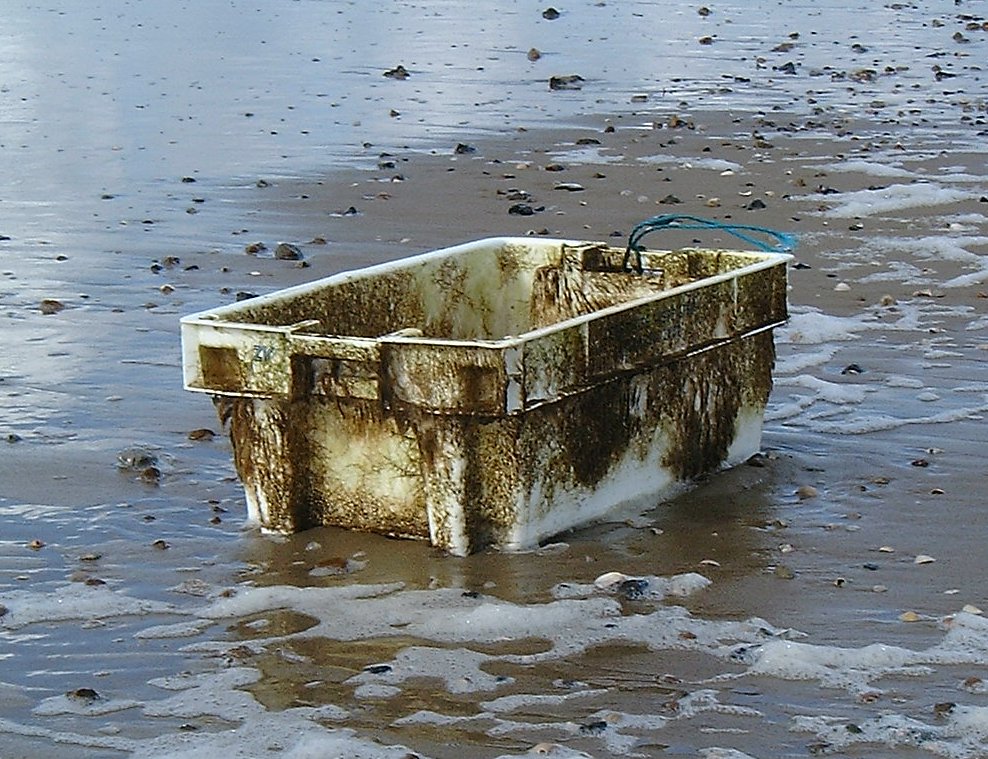Researchers at Plymouth University in the UK have uncovered worrying evidence of how, thanks to plastic  waste in the sea, organic poisons make their way up the seafood chain and ultimately into us. Scientists have known for some time that plastic washed into the sea breaks up into tiny particles, called microplastics, which can absorb oil-based pollutants such as PCBs, nonylphenol and DDT, which are present at low levels in the water. They also suspected that when these particles settle on the seafloor, sediment dwellers like marine worms would ingest them and concentrate their chemical cargo of organic pollutants. Then, when the worms fell victim to predators such as fish and crabs, the chemicals they contained would pass up the food chain. Now Emma Teuten and her colleagues have proved that this is indeed the case. Writing in Environmental Science and Technology, the researchers tested the effects of adding small quantities of plastic mixed with the organic pollutant phenanthrene to tanks containing sediments inhabited by lugworms (Arenicola marina). Compared with control worms, these plastic-exposed animals were predicted to be carrying 80% higher tissue concentrations of the pollutant. "It [plastic] accelerates the mechanism by which contaminants accumulate in the food chain," says Teuten. The team suggest that more research is needed to understand the implications of their findings, including looking at other types of plastics, and how they affect the persistence of pollutants in the environment.
waste in the sea, organic poisons make their way up the seafood chain and ultimately into us. Scientists have known for some time that plastic washed into the sea breaks up into tiny particles, called microplastics, which can absorb oil-based pollutants such as PCBs, nonylphenol and DDT, which are present at low levels in the water. They also suspected that when these particles settle on the seafloor, sediment dwellers like marine worms would ingest them and concentrate their chemical cargo of organic pollutants. Then, when the worms fell victim to predators such as fish and crabs, the chemicals they contained would pass up the food chain. Now Emma Teuten and her colleagues have proved that this is indeed the case. Writing in Environmental Science and Technology, the researchers tested the effects of adding small quantities of plastic mixed with the organic pollutant phenanthrene to tanks containing sediments inhabited by lugworms (Arenicola marina). Compared with control worms, these plastic-exposed animals were predicted to be carrying 80% higher tissue concentrations of the pollutant. "It [plastic] accelerates the mechanism by which contaminants accumulate in the food chain," says Teuten. The team suggest that more research is needed to understand the implications of their findings, including looking at other types of plastics, and how they affect the persistence of pollutants in the environment.









Comments
Add a comment